Honduran Rosewood Facts
- The remarkable Honduran Rosewood now has a rather high value as a timber source. This occurrence quickly led to extreme reductions in the plant’s numbers
- The timber also develops extremely dense. In rather stark contrast, the bark stays papery thin and delicate. The strong wood is commonly used in the construction of many musical instruments.
- The species also plays a rather significant role in its ecosystem. This occurs because its presence greatly enhances the fertility of the soil through the nitrogen-fixing nodules found in its root system.
- Nature always seeks to establish a balance.
- Its conservation status also currently remains under revision by the IUCN.
Related Articles
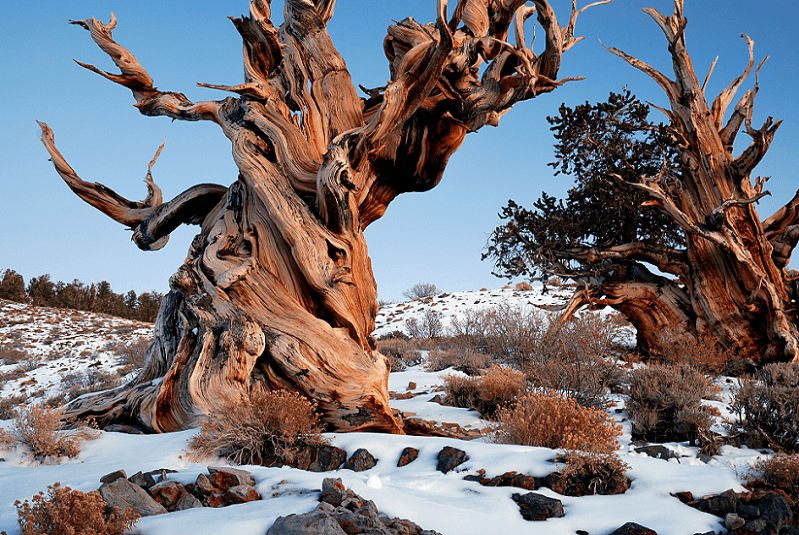
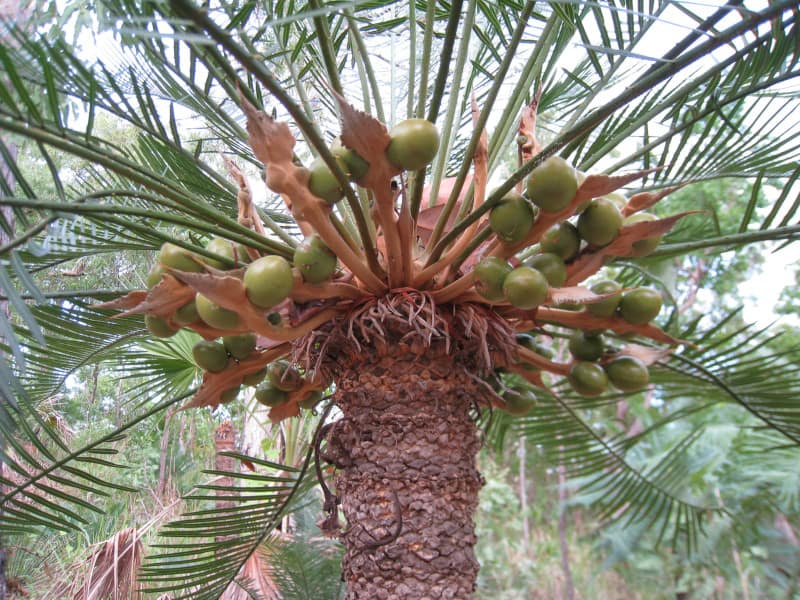
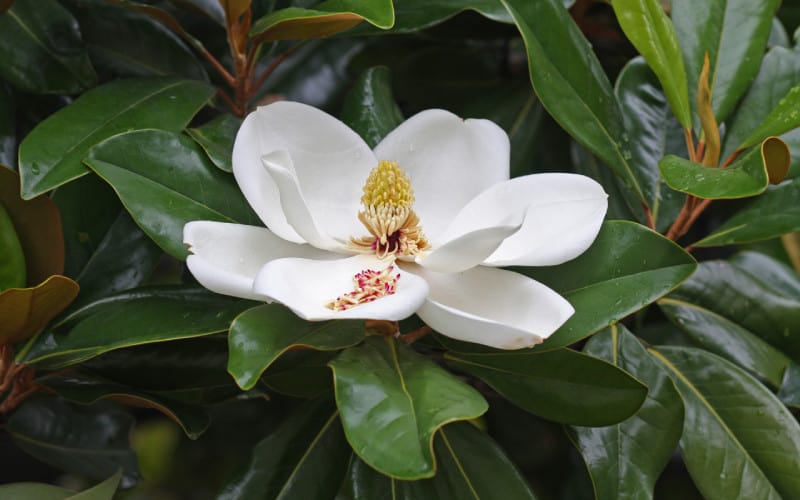
Honduran Rosewood Physical Description
The fabulous Honduran Rosewood usually attains a maximum height of roughly 98 ft (30 m), though most do not reach that height.
Further, the blooms of this incredible tree also remain small in size, and typically a light yellow in color, and surprisingly lovely.
It also remains best known for both the unique color of its wood, and its extreme density, as well.
The fruit appears in great quantities in the month of July. However, these fruits are also extremely popular with caterpillars. Their feeding habits greatly restrict the natural reproduction of the tree.
Honduran Rosewood Distribution and Habitat
The Honduran Rosewood represents a species of tree endemic to Mexico, in North America, Guatemala, and also southern portions of Belize, in Central America.
The favorite environment of this rather remarkable species consists of waterlogged forests. Given its specific habitat requirements, the tree remains extremely vulnerable to climate change, as well as deforestation.
The largest known remaining concentrations of Honduran Rosewood remain in the Toledo District of Belize, between the Monkey and Sarstoon Rivers.
Species Sharing Its Range
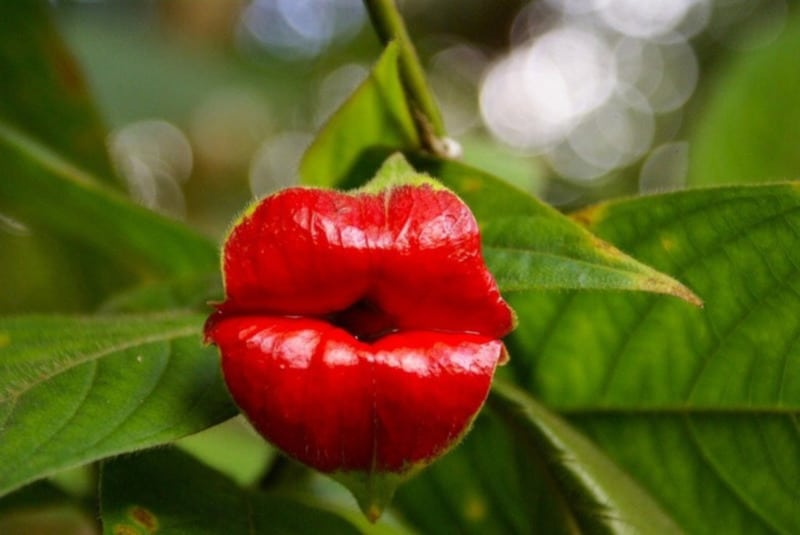
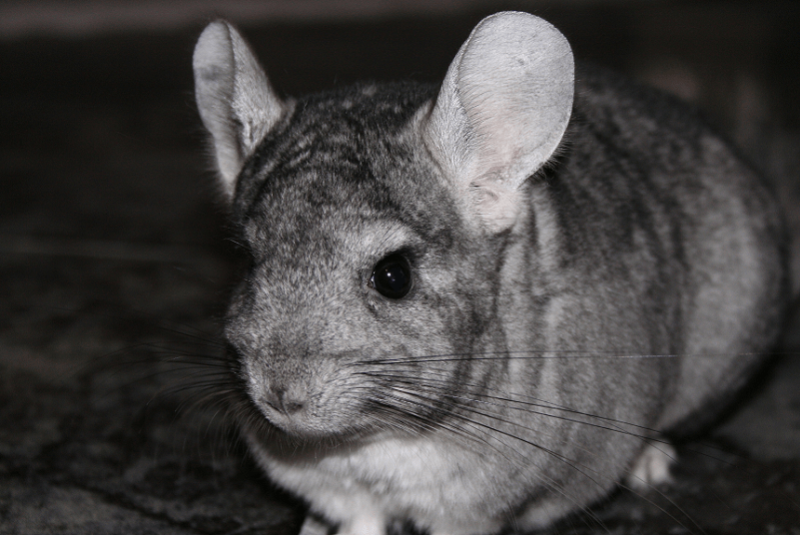
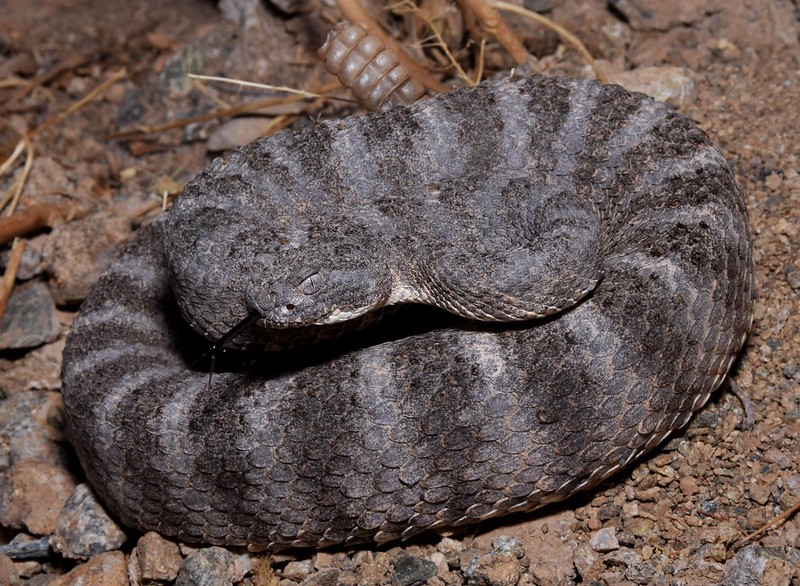
Check out our other articles on 7 Splendid Canary Islands Species, Snowy Owl, Dune du Pilat, Swamp Wallaby, Gray’s Leaf Insect, Giant Girdled Lizard, Indian Bullfrog, Weedy Seadragon











Leave a Reply